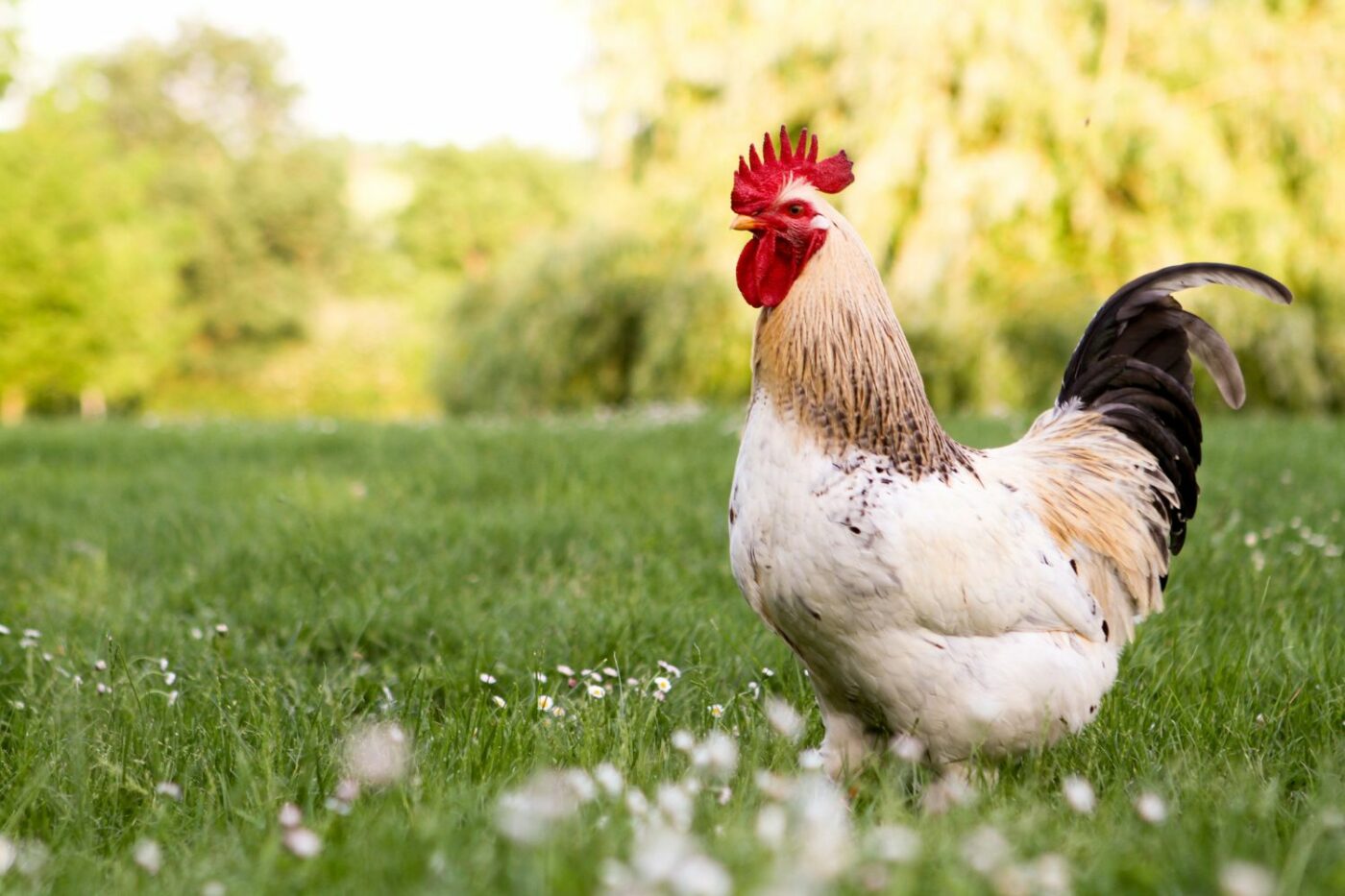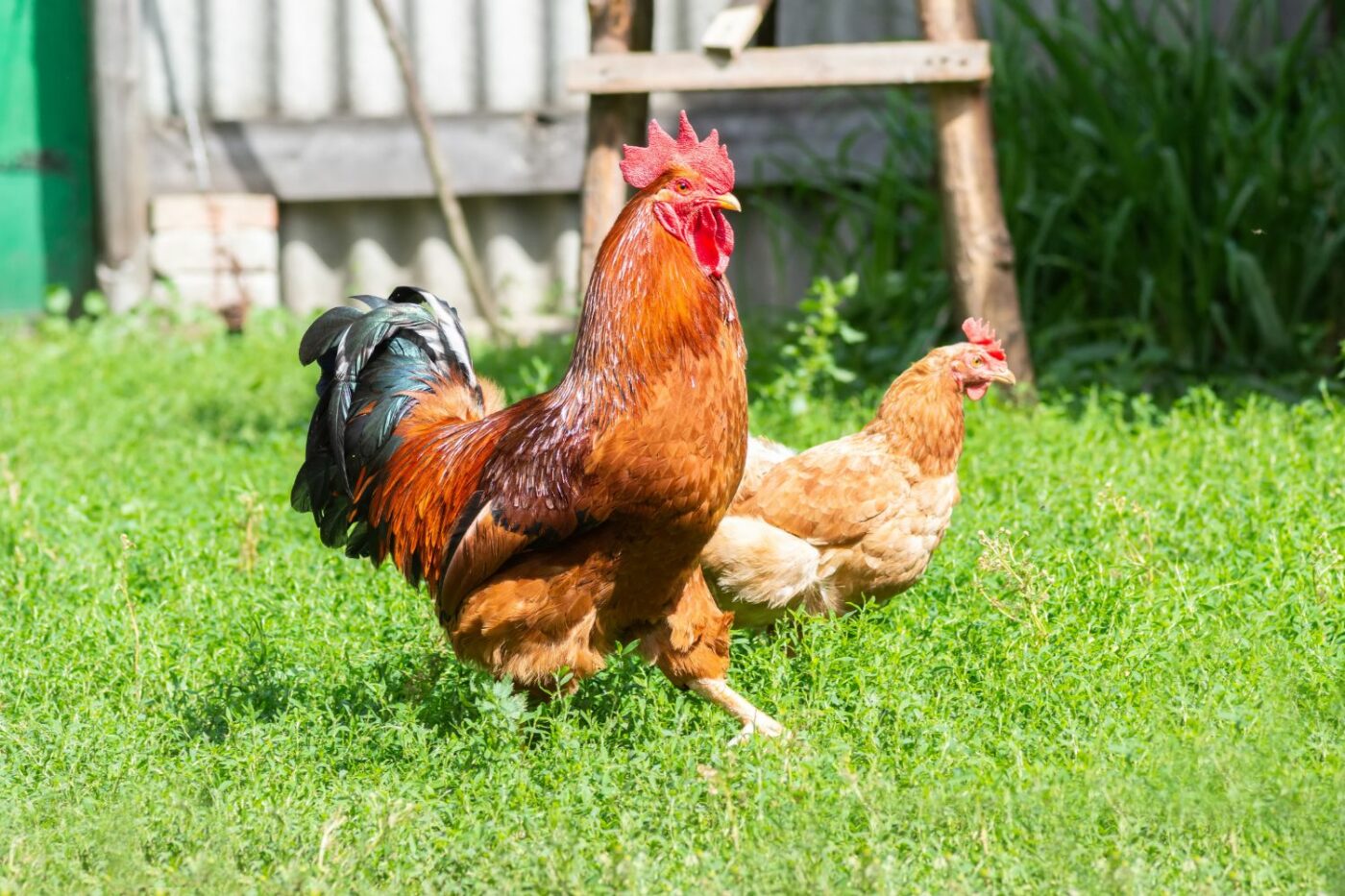Eggs. You eat them every day, whether they’re scrambled or used in other foods. A person eats about 279 eggs a year, making them one of the most popular foods in the world. That’s almost an egg a day! Yet most people never think about the process of chickens laying eggs and how complicated the process is. It’s so easy to overlook such an important aspect of our lives.
This blog post will talk about how chickens lay eggs and answer some frequently asked questions. This way, you’ll know more about the process and be more aware of what you eat!
For most people, eggs are a common grocery store staple that we don’t think much about. However, the process of how a chicken lays an egg is truly remarkable. In this article, we’ll walk through the step-by-step journey of egg production in chickens and gain an appreciation for these incredible egg-laying machines!
Overview of Egg Production
Chicken egg production is a complex process that begins long before the egg is laid Here’s a quick overview
-
A female chick starts making eggs as soon as she hatches. Her ovary already has thousands of egg cell precursors when she is born.
-
At around 18-24 weeks old, as the hen matures, her reproductive system activates and she’ll start laying eggs.
-
It takes approximately 25 hours for a chicken to produce each egg.
-
The egg develops sequentially as it travels through different sections of the hen’s oviduct.
-
Finally, contractions of the hen’s reproductive tract push the finished egg out for the hen to lay.
Now, let’s take a deeper look at each step of this remarkable process.
Egg Production Begins Before Birth
Unlike mammals, female chickens don’t continuously produce egg cells. Rather, they are born with a finite number of ova (immature egg cells) already present in their ovaries.
The chicken’s left ovary contains thousands of ova from birth. Meanwhile, the right ovary stops developing before the chick hatches. The hen’s body is better suited for flight because it only has one working ovary.
Maturation Triggers Egg Laying
Egg laying begins when pullets (young hens) reach 18-24 weeks old. At this point, increased estrogen production activates their reproductive system.
The pituitary gland secretes hormones that trigger the left ovary to start maturing its ova into yolks and releasing them into the oviduct. This release of yolks is called ovulation.
Traveling Down the Reproductive Tract
After ovulation, the yolk starts to move down the hen’s oviduct, where it meets the rest of the egg’s parts.
For each stage of egg formation, the oviduct is split into sections along a long, spiraling tube. Let us follow the egg as it makes its way down the oviduct.
Step 1: Fertilization
In the first section called the infundibulum, fertilization can occur if sperm are present. However, fertilization isn’t necessary for the rest of the egg development process.
Step 2: Adding Egg Whites
In the magnum region, the egg spends 3 hours acquiring its egg white proteins.
Step 3: Membrane Formation
In the isthmus, shell membranes are added to the yolk and whites.
Step 4: Shell Creation
The uterus provides calcium carbonate and pigments for the egg shell. This takes about 20 hours and is the longest step.
Step 5: Bloom Formation
The vagina adds the final bloom coating that protects against bacteria.
Step 6: Egg Laying
Muscular contractions push the finished egg out of the hen’s vent. Then…breakfast!
The entire egg creation process takes about 25 hours from start to finish. Now that’s a lot of work for one egg!
Why Lighting Affects Egg Production
Ever notice you get fewer eggs in winter?
Light exposure regulates a chicken’s reproduction hormones. With less daylight in winter, lower hormone levels pause egg production. Adding artificial light to coops can counteract this effect.
Health Concerns Around Egg Laying
While an amazing process, egg laying also carries health risks for hens:
-
Egg binding: Eggs can get stuck in the oviduct, putting pressure on organs. Catching binding early and helping the hen pass the egg is critical.
-
Calcium deficiency: Producing egg shells leaches calcium from the hen’s bones. Supplementing feed with calcium sources helps prevent depletion.
-
Salmonella: Salmonella bacteria can be passed from an infected hen to the inside of eggs before the shell forms. Proper cooking kills bacteria, but caution is advised around consuming raw eggs.
Appreciating the Humble Egg
After learning about all the hen’s hard work, it’s easy to gain more respect for that smooth, oblong object we find in nesting boxes.
From ovulation through the winding oviduct assembly line to finally being laid, an egg’s creation is both intricate and energy-intensive for a chicken.
The next time you crack open an egg, take a moment to appreciate the remarkable biological process that produced it!

Do Chickens Need a Rooster to Lay Eggs?

The simple answer… no. Your hen does not need a rooster to make and produce eggs. Depending on how you plan to use your chickens, the benefit of a rooster is purely circumstantial. If you just need eggs to eat, you won’t need roosters. They have nothing to do with the egg-laying process. If you plan on breeding chickens, then a rooster is necessary.
How Does a Rooster Fertilize an Egg?

Roosters start to reach sexual maturity around 4-5 months of age. Around this time, they will start to produce sperm and they will start acting like the roosters we all know of. A rooster can live for many years, but as with all animals, as it ages, it makes less sperm.
In most cases, you will only need one rooster. Since the rooster is such a virile bird, it can mate between 10-20 times a day. One rooster is enough to mate with 10-12 hens. Thus, you must decide for yourself how many roosters you need based on the number of hens you have. If you have an unbalanced ratio of roosters to hens, the roosters will start to wear out the hens.
The chicken reproductive system rules still apply to the fertilization of an egg. The difference is having the rooster. If you don’t collect your eggs every day (or every other day), the rooster will fertilize the egg. The process of fertilization takes up to 3 weeks so you can’t crack open an egg that was collected that morning, and find a chick inside of it.
The way a rooster fertilizes an egg is very simple. They take their job seriously as it is their job to ensure the success and survival of their flock. The rooster will jump on the hen’s back and perform what is known as a cloacal kiss. In this way, they get their sperm into the oviduct, where it fertilizes the egg. Eggs can stay fertilized for up to a week.
How EGGS Are Formed Inside The Chicken?
FAQ
How do chickens lay eggs if they don’t mate?
Hens do not need a rooster in order to create and lay eggs. All they need is a safe place, time, and a healthy diet with enough protein and calcium to form healthy eggs. Of course, any eggs laid by a hen where no rooster is present are going to be unfertilized, and therefore will never hatch.
How do chickens lay eggs without a rooster?
Hens will lay eggs whether or not a rooster is present. The rooster’s role is solely for fertilization; without one, the eggs will simply be unfertilized.
How does a chicken lay an egg?
A chicken lays an egg through a complex, multi-stage process within its reproductive system, which takes roughly 24-26 hours to complete. The process starts with the yolk forming in the ovary. It then moves through the oviduct and gathers layers of egg white and shell membranes. Finally, the hard outer shell forms.
Do chickens have a separate hole for laying eggs?
The same part of the chicken makes eggs and poop. That may sound gross. Think of it like a plumbing system: two ‘pipes’ come together in one outlet, in this case the chicken’s cloaca.
